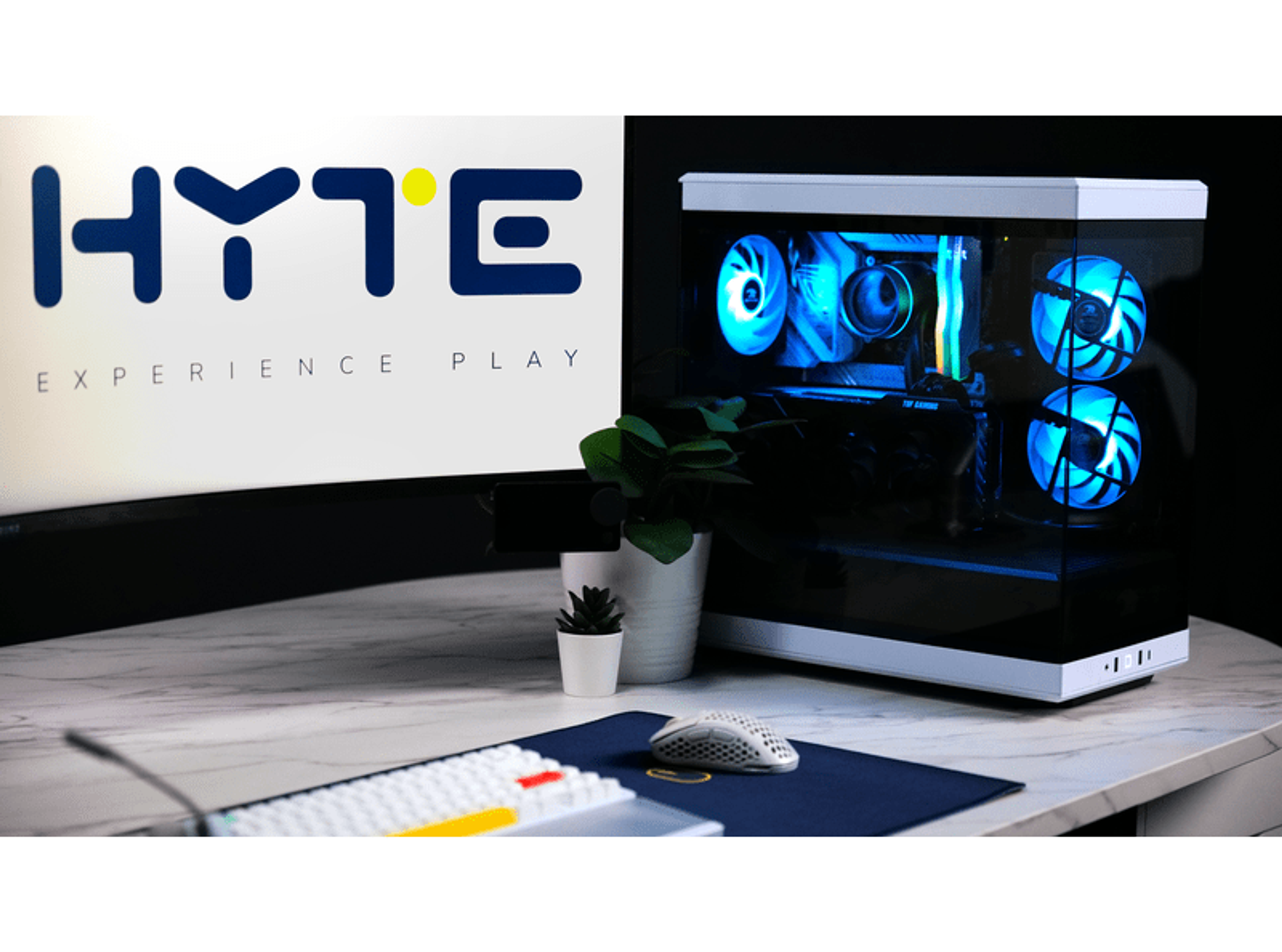
The Rise of Minimalist Cases
‘Minimalism’ in PC cases has changed
PC cases have seen a lot of design fluctuation throughout the years. As technology advances, our needs and wants for our personal computers also change. The evolution of data storage is an example of this, with optical drives being obsolete by today’s standards and the move from HDDs to SSDs shows how quickly technology can ramp up.
It’s necessary to describe the definition of minimalism regarding PCs. ‘Minimalist’ implies that a PC case covers only the basic needs to house their hardware. The design aesthetic should also follow suit – simple, clean lines with little to no extra flair. But because the market is swayed toward whatever design choice is popular at the time, ‘minimalism’ in PC cases has changed throughout the years.
In the past, PC case design was dominated by hulking, steel behemoths. Never mind the hardware layout, proper airflow, and ventilation – functional design choices played second fiddle to everything else. After all, PCs in the early 2000s weren’t showpieces, they were more utilitarian in design, and it shows. Most lacked proper air intake, and the largest fans at the time were 80 mm, puny in comparison to the large fans we have today.
‘Small’ is getting big.
Mini-ITX builds have exploded in popularity through the years. Mini-ITX motherboards are the smallest motherboard form factor, typically only utilizing a single PCIe slot for the GPU. Not many people require the usage of all the extra PCIe slots from other motherboard form factors or perhaps they need their PC to fit into the multi-media setup in the living room. ‘Minimalist’ in this case is not only referring to the bare minimum expected from PC hardware, but it also means the usage of small form factor cases. There’s a niche for SFF (small form factor) PCs, and many cases are entering the market – each with its own unique feature to bring to the table, whether it’s an included power supply unit, an open-chamber design, or keeping the case’s footprint as small as possible to maximize desk space.
The surging popularity of SFF cases has shown that manufacturers aren’t afraid to take risks. We’ve seen alternate hardware layouts for better cable routing, support for standard air coolers, and sometimes support for full-size AIOs. The best part about the sheer variety of SFF builds is that many cases on the market serve a different purpose or need when wanting to build into a SFF case.
As accessible as possible
Aside from Mini-ITX and small form factor builds, the definition of ‘minimal’ can also be tied to the test benchcases we often see among IT professionals and tech reviewers. Test benchcases are quite literally minimal as they don’t house all the hardware in a self-contained box. They’re designed to be as accessible as possible, allowing anyone working on a test bench to freely swap hardware and parts.
Even though test bench cases are designed to just be an open-air chassis, manufacturers have taken note and leaned into the ‘industrial’ look and have labeled them as dual-purpose custom test benches and as ‘open-air PC’ cases.
Boils down to your needs
Selecting a PC case could be the most daunting decision to make when building a PC. The chassis is what sets the precedent for how you want your setup to look and how it feels. What’s most important is that you’ll need to ask yourself what your needs are when selecting a PC case for a build. Do you need a case that has the most optimal airflow? Are you an avid tinkerer and fiddle a lot with benchmarking? Remember that ‘minimalist’ is entirely subjective, one person may have different needs than another – so be sure to sort out what your needs are, evaluate your choices, and then go from there. Even if the case you end up with doesn’t meet your needs, it’s never permanent – you can always re-case your PC.
When it comes to DIY-ing your build, selecting a PC case is probably the most subjective component on the list. It boils down to your needs, whether or not you need a case with the most optimal airflow, or if you need a case with full accessibility – there are a plethora of PC cases on the market catering to every niche and need.
Featured Posts

Black Friday Gaming Gear & PC Deals 2025
HYTE Black Friday sales are here, and we’re excited to share the amazing deals we’ll be offering this year! Our Black Friday sales event is your chance to save big on some of our most popular products. From November 20th through December 2nd, enjoy incredible discounts on PC cases and gaming accessories that bring both performance and style to your setup. If you’re looking to upgrade, now’s the perfect time to do it with HYTE.

Official HYTE x Honkai: Star Rail Firefly Collection!
The stars have aligned, and the Official HYTE x Honkai: Star Rail Firefly Collection is ready for launch.

HYTE's 4th Anniversary Sale!
We’ve come a long way, and it’s all thanks to you! To celebrate HYTE’s anniversary, we’re giving back with a limited-time Anniversary Sale from Oct. 5 to Oct. 7.

HYTE X50 & X50 Air Pre-Orders Are Now Live!
The X50 redefines typical PC cases with a unique curved design and performance-driven elements. Pre-order the X50 and X50 Air NOW!
